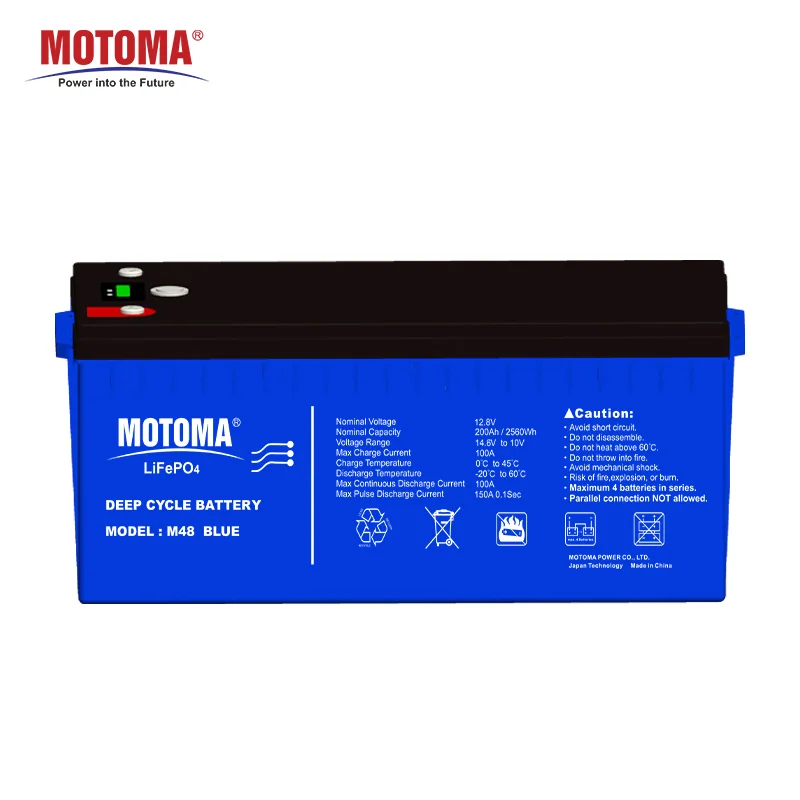What is the LiFePO4 Battery?
The LiFePO4 battery is a type of lithium-ion rechargeable battery. LiFePO4 stands for Lithium (Li) Iron (Fe) Phosphate (PO4). LiFePo4 Battery knows by many Names Like lithium iron phosphate battery or LFP battery. LFP batteries use lithium iron phosphate (LiFePO4) as the cathode material alongside a graphite carbon electrode with a metallic backing as the anode.
Lithium iron phosphate batteries can be used in high-temperature environments, where lithium-ion cells should never be used above +60 Celsius. Lithium iron phosphate cells have greater cell density than lead acid, at a fraction of the weight.
Types of Lithium Batteries
Lithium Cobalt Oxide (LiCoO22) Battery
Lithium Nickel Manganese Cobalt Oxide (LiNiMnCoO2) Battery
Lithium Titanate (LTO) Battery
Lithium Manganese Oxide (LiMn2O4) Battery
Lithium Nickel Cobalt Aluminum Oxide (LiNiCoAlO2) Battery
Lithium iron phosphate batteries (LiFePO4) Battery

Advantage Of LiFePO4 Battery
Lithium iron phosphate batteries (LiFePO4 or LFP) offer lots of benefits compared to lead-acid batteries and other lithium batteries. Longer life span, no maintenance, extremely safe, lightweight, improved discharge and charge efficiency.
One important advantage Of the LFP batteries over other lithium-ion batteries chemistries is thermal and chemical stability, which improves battery safety. Lithium iron phosphate cells have less cell density than lithium-ion. This makes them less volatile, and safer to use. LiFePO4 batteries are the safest and most stable lithium battery chemistry. Unlike other lithium batteries, lithium iron phosphate battery does not catch fire or explode.
LiFePO4 is an intrinsically safer cathode material than LiCoO2 and manganese dioxide spinels through the omission of the cobalt, with its negative temperature coefficient of resistance that can encourage thermal runaway.
Is LiFePO4 better than lithium-ion?
The lithium iron phosphate battery has advantages over lithium-ion, both in terms of cycle life (it lasts 4-5x longer), and safety. This is a key advantage because lithium-ion batteries can overheat and even catch fire, while LiFePO4 does not.
What is the difference between NMC and LFP Batteries?
LFP batteries deliver at least 2500 – 3000 full charge/discharge cycles before reaching 80% of the original capacity. Typical NMC batteries deliver 500 – 1000 full charge/discharge cycles before reaching 80% of the original capacity. This means that LFP batteries provide FOUR times more cycle life than typical LCO batteries.
New tests prove that LFP Lithium Batteries have a Longer Life span than NMC.
Testing conducted by various testing labs, during the study and testing of LiFePO4 Batteries, some interesting facts come out. LFP chemistry is superior compared to NMC – it is safer, offers a longer lifespan, and is generally less expensive than NMC, and NCA.
Low Cost and Low Impact on the Environment
lithium iron phosphate battery is known for its low cost with some estimates putting it as much as 70 percent lower per kilogram than nickel-rich NMC. The cost advantage comes from its chemical composition. Iron and phosphorus are mined at enormous scales across the globe and are widely used in many industries.
LiFePO4 Batteries Usage
Lithium iron phosphate batteries are widely used in passenger cars, buses, logistics vehicles, low-speed electric vehicles, Solar Power Storage, etc. due to their safety and low-cost advantages.
The energy density of LFP batteries is lower than the alternative of lithium cobalt oxide (LiCoO2) and has a lower operating voltage. In spite of these challenges, it’s impossible to deny the benefits of LFP batteries in EV vehicles.
Higher discharge rates needed for acceleration, lower weight, and longer life make this battery type ideal for forklifts, bicycles, and electric cars. 12V LiFePO4 batteries are also gaining popularity as a second (house) battery for a caravan, motor home, or boat.
Tesla Motors currently uses LFP batteries in certain vehicles.



